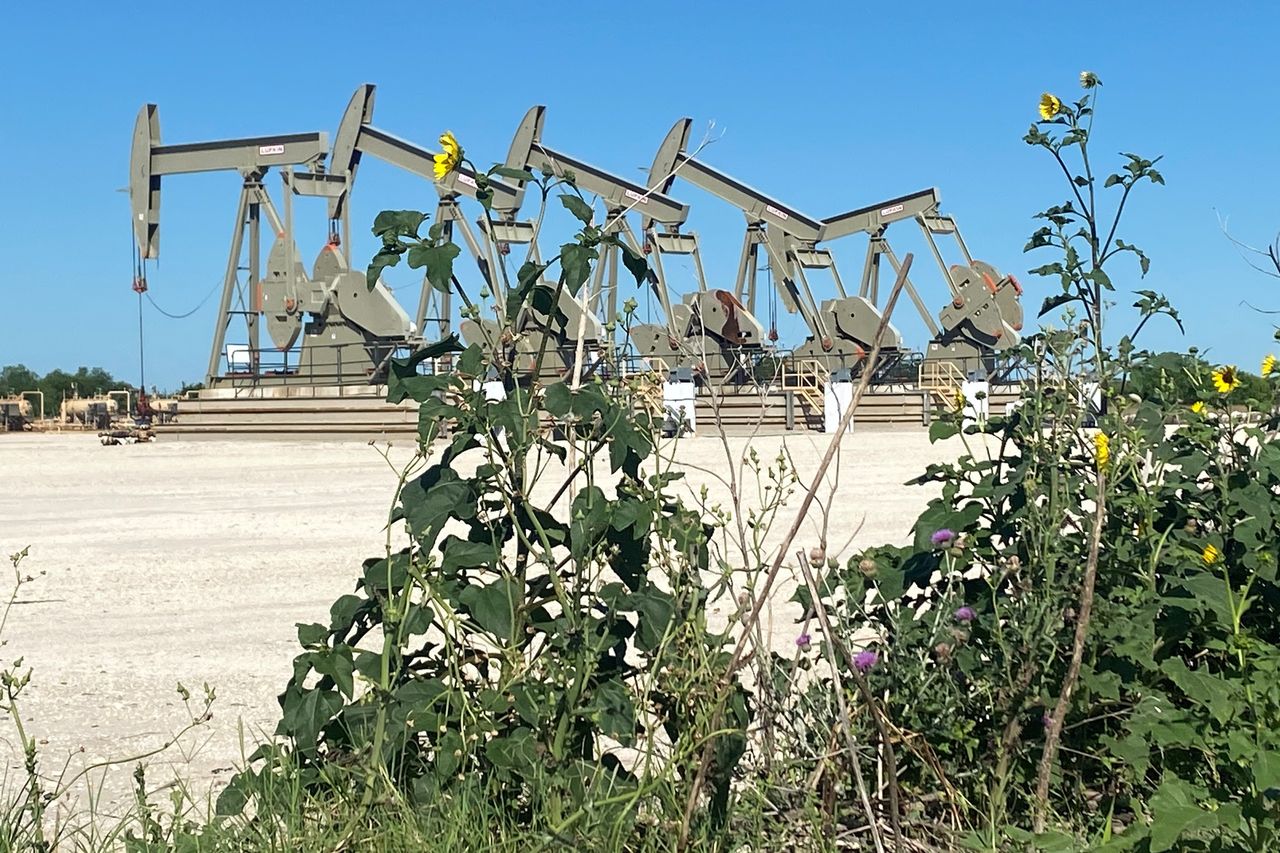Newsletter: Oil-Patch Pain, Housing’s Surprising Gain

This is the web version of the WSJ’s newsletter on the economy. You can sign up for daily delivery here.
Oil Bust
Investment in the U.S. shale sector will drop by half this year, the International Energy Agency said Wednesday, as access to capital and investor confidence dry up. American shale drillers helped the U.S. produce more than 13 million barrels of oil a day earlier in 2020—before the coronavirus pandemic forced governments world-wide to impose lockdowns and travel bans on their citizens. Now, the IEA expects the largest drop in global energy investment in history, with worldwide spending on oil and gas decreasing by a third and the financing of all energy projects declining by 20%, David Hodari reports.
That’s bad news for the economy. The energy sector helped lead the U.S. out of the last recession before falling oil prices caused a pullback in investment in 2015 and 2016. That doesn’t look likely to repeat as the country tries to emerge from a sharp, coronavirus-induced downturn.
WHAT TO WATCH TODAY
The Richmond Fed’s manufacturing survey for May is out at 10 a.m. ET.
The Federal Reserve’s beige book is out at 2 p.m. ET.
St. Louis Fed President James Bullard speaks at 12:30 p.m. ET and Atlanta Fed President Raphael Bostic speaks at 3 p.m. ET.
TOP STORIES
More Signs the Economy Is Stabilizing
U.S. consumer confidence held roughly steady in May as households worried about the present but grew a little more optimistic about future economic conditions.
Purchases of newly built single-family homes increased—a little—in April, a stronger-than-expected result during a period marked by stay-at-home orders and economic uncertainty.
And the Dallas Fed said: “The contraction seen in the Texas manufacturing sector seems to have peaked in April, as the pace of decline slowed notably in May.” Even so, the bank’s latest manufacturing survey showed production contracting for the second straight month.
In a nutshell: “The free fall started to stabilize in May, but the economy is in a really deep hole,” said Naroff Economics president Joel Naroff.
Back-to-Work Bonus
The Trump administration is examining proposals to provide cash incentives to encourage unemployed Americans to return to work. Larry Kudlow, the director of the White House National Economic Council, told Fox News the-back to-work bonus is “something we’re looking at very carefully.” Mr. Kudlow was asked about a proposal by Sen. Rob Portman (R., Ohio) to provide a temporary $450-a-week bonus for unemployed workers returning to work, on top of their wages, Andrew Restuccia reports.
Republicans joined with Democrats in March to pass an economic-aid bill that included enhanced unemployment payments of $600 a week through July. Since, federal outlays for unemployment insurance have skyrocketed, totaling $79.7 billion over the past five weeks, according to figures tracked by the WSJ’s Anthony DeBarros.
Underscoring what is likely to be a long, difficult road for the labor market, Boeing will this week announce about 2,500 voluntary layoffs in the first phase of broader cuts triggered by the coronavirus-driven collapse of global air travel. And Amtrak is preparing to cut up to 20% of its workforce. Ridership and ticket revenue at the company have fallen by 95% since the pandemic began, Chief Executive Bill Flynn told Amtrak workers.
Lucky Seven
China set a reference rate for the yuan at its weakest point in 12 years, a signal that Beijing sees the benefits of a weaker currency as it grapples with an economic slowdown and rising tensions with Washington. The People’s Bank of China set a daily midpoint for the yuan at 7.1293 per dollar, the lowest level since February 2008. The central bank lets the onshore yuan trade in a band around this fix. The currency also trades in less tightly controlled offshore markets. The yuan broke below 7 per dollar in August, prompting President Trump to accuse Beijing of manipulating its currency, Joanne Chiu reports.
Cheers (Drink to That)
As the summer season approaches, consumers might end up paying more for their beer and soft drinks. The reason? The cost of the bubbles in the drinks is going up. Carbon dioxide is a byproduct of ethanol, which by federal mandate is mixed into gasoline to help it burn more cleanly. But fewer people are driving because of the Covid-19 lockdowns, and demand for gasoline has plunged, prompting ethanol plants to shut down. That has put pressure on the source for roughly 40% of all industrial carbon dioxide produced nationwide—a key ingredient for soft drinks and beers. Carbon-dioxide production this year has fallen by roughly 30% from last year’s levels, Vipal Monga reports.
WHAT ELSE WE’RE READING
U.S. workers have lost power. “The evidence in this paper suggests that the American economy has become more ruthless, as declining unionization, increasingly demanding and empowered shareholders, decreasing real minimum wages, reduced worker protections, and the increases in outsourcing domestically and abroad have disempowered workers–with profound consequences for the labor market and the broader economy. We argue that the reduction in workers’ ability to lay claim to rents within firms could explain the entirety of the change in the distribution of income between labor and capital in the United States in recent decades, and could also explain the rise in corporate valuations, profitability, and measured markups, as well as some of the decline in the [non-accelerating inflation rate of unemployment],” Harvard’s Anna Stansbury and Lawrence Summers write.
SIGN UP FOR OUR CALENDAR
Real Time Economics has launched a downloadable calendar with concise previews forecasts and analysis of major U.S. data releases. To add to your calendar please click here.
Original Source: blogs.wsj.com
Visited 739 Times, 1 Visit today
